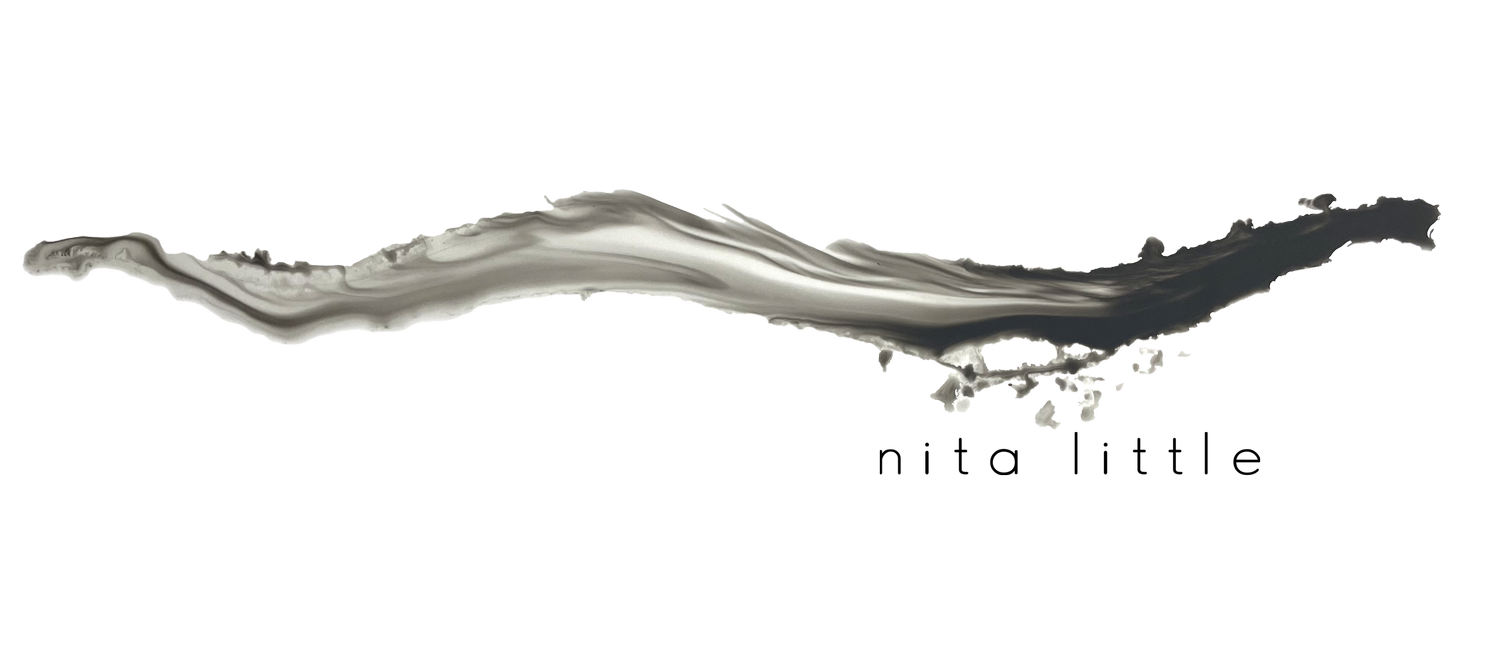September Asides
Holding myself lightly, a story...
I am a soft academic by which I mean that I love thinking alongside moving. I always have. Now, after getting a PhD, I know how to think with others, alongside them, sometimes through them. But often too, I go where these other thinkers cannot go because I dance, I move with the earth, I move with other’s earth and with other’s thoughts, and importantly, and sometimes gloriously, I move within other’s embodied soul thoughts. These others may be human, but often not.
I just had a dance with my grandfather’s ring. It was suddenly gone from my finger. What? So, I danced and spoke to it. I listened to it because it was still very much present to me. I extended my sense of being to a size that included it, which meant it could be in Everett or here in Springfield, Oregon, where I am sitting and writing, or anywhere in between, buried in or out of my car somewhere. Yikes. That is a large expanse to be lost in.
I danced my being-self with those unstable, elastic practices of embodiment that I also teach as dance. As a practice, I try to hold my embodiment lightly. I say, I hold “myself” lightly because I want to indicate to myself and others the articulation of identity that is critical to this practice. I do not only identify as human. I embrace the more than human that I also am.
And, “I” (think of the multiplicity that that encompasses!) like to move and be moved. So, when I think of how to do things, when thinking is the mode needed to do something, I practice checking in with the mover I also always am. I ask myself, “does this notion play out in the between worlds of being a bodymind?” “If so, how?” Having become a larger self, meant I could step into relations with my grandfather’s ring, in much the same way I dance with a partner. It begins with touch. Mental touch will do just fine and in this case, it did.
In seeking my grandfather’s ring I turned to embodied practices that include my imagination. I endowed this larger field with brilliance, meaning intense connection of conscious embodied mind. I allowed for the possibility that the ring would find me. I spoke to it as I would any part of myself. I listened to it with my bodymind. I listened to why it had become “lost” to me. I woke up, more. My thinking was like my physicality: easy, light, ready, able to be moved as a mode of listening. Ready to not make presumptions.
Holding myself lightly means that I let myself be moved by other than my “own” mind – because my “mind” is now such a much larger moving entity. I am grateful that my grandfather’s ring spoke with amazing clarity at an unexpected moment. When doing something else, it said, “go further.” I did, and it was there, touching me before I knew what it was. Gratitude for the deepest joy and brilliance of being more than one.
Be clear, be confident and don’t overthink it. The beauty of your story is that it’s going to continue to evolve and your site can evolve with it. Your goal should be to make it feel right for right now. Later will take care of itself. It always does.
What is individuation? What else is possible?
Individuation has one meaning in Jungian psychology, and yet other meanings in numerous psychological, philosophical, sociological, and political theories as well as in physics, technology studies and more. Whether it is celebrated as a triumphant arrival at a kind of integration of various hidden elements of the self (Jungian), or as the individual becoming free to act separately from others within social environments and networks, the sense of autonomy, it is an important developmental landmark, upon which much else depends. The way I will speak of individuation bridges this kind of developmental theory and the physics attributed to David Bohm in which nothing is ever separate from everything else. However, my notions arise less through theoretical methods and more through the practice of moving together with others – yes, Contact Improvisation once again influences me greatly.
I believe that Individuation is to be celebrated and then gone beyond. The traditional notion of “we” is the core of that development within our social agreements but there is so much more that is possible. Relational practices culturally function within the traditional notion of “I” or “we” and are dependent upon what I consider the kind of gross practices of communication through spoken or written words together with the gestural scale of body language. These actions bridge the hard and fast limits of individual identity – bound by the skin sack of bodily flesh. It is a success when this happens, and enables identity to expands and include many individuals in agreement. But there are clear limits to this “we” because of the limits of language and the visual/tactile definitions of gesture. But what if there is another “I” that forms a very different “we”? What if there is an “I” that identifies across differences of form – one that is unstable and inclusive? One that doesn’t stop at the flesh but rather moves with the felicity of our attentional dimensions and action? What happens now to individuation? How do we now think of it?
Excerpt from Nita Little’s Monthly Newsletter
